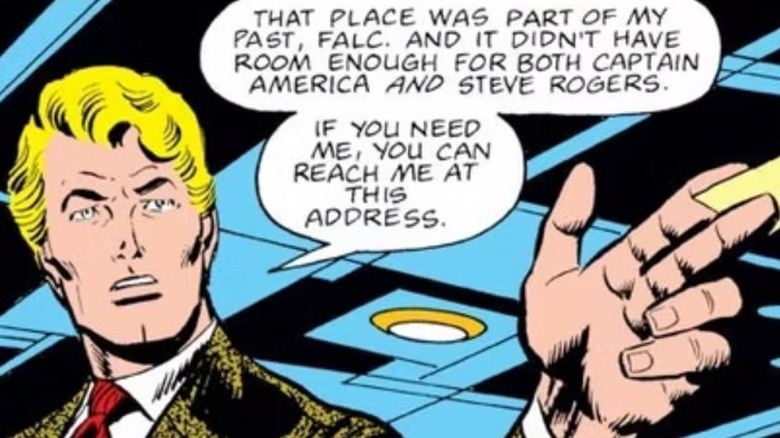The Worst Captain America Movies – And Why You Forgot They Existed
In 1979, a live-action Captain America appeared on television for the first time in a movie adapting the popular Marvel Comics hero. While it would be decades before the Marvel Cinematic Universe’s “Captain America” trilogy became three of the best, most popular superhero movies of the 2010s, this low-budget take on the character never came close to reaching the same heights. For good reason, “Captain America” and its sequel, “Captain America II: Death Too Soon,” are remembered as the worst Captain America movies ever.
In “Captain America,” directed by Rod Holcomb, Steve Rogers (Reb Brown) is a former Marine whose father first bore the heroic title moniker as a nickname. After serving, Steve Rogers becomes an artist, but upon being nearly killed, he’s given a special FLAG serum (not super-soldier serum) that transforms him. Riding his motorcycle in a patriotic, cheap-looking costume, Captain America carries a see-through shield that he can attach as a windscreen. The movie, which doesn’t feature any other Marvel Comics characters besides Rogers, ends with him taking out a villain trying to detonate a bomb and getting an upgraded costume that his dad previously wore.
With a shoestring budget (estimated at $150,000), little comics-accuracy, and silly visuals, “Captain America” is best-remembered as a campy, low-stakes affair. “”Captain America II: Death Too Soon,” directed by Ivan Nagy and again starring Brown, finds him going up against General Miguel (Christopher Lee), who tries to hold a city ransom with a rapid-aging serum. Cap is again victorious by the end, but ultimately there’s practically nothing memorable about either movie.
The films had a surprising influence on the comics
Despite being cheap, poorly made TV films, “Captain America” and “Captain America II” actually might have set a surprising precedent in the comics. In the first TV movie, Steve Rogers works as an artist before gaining his super-strength. In “Captain America” #237 (by Chris Claremont, Roger McKenzie, Sal Buscema, Don Perlin, George Roussos, and Elaine Heinl), Rogers turns to becoming an artist (a passion he held before suiting up as a hero) after the death of Sharon Carter, looking to mask his pain with more creative endeavors.
In later adventures, Rogers continues his artistic pursuits and, upon hearing about comic books, begins drawing Captain America-starring stories while working under real Marvel Comics editor Mike Carlin. Rogers’ artistic prowess has remained a part of his characterization ever since.
His artsy background even made its way into the MCU. In 2011’s “Captain America: The First Avenger,” Rogers can be seen drawing a train and Captain America as a monkey on a tight-rope, hinting at his frustration with touring to promote war bonds instead of actually fighting in the war. Rogers’ artistic abilities are also on display in a deleted scene from “The Avengers,” where he draws Stark Towers and has a conversation with a waitress. So while 1979’s “Captain America” might be all but forgotten, it did seem to introduce Rogers’ passion for art — the most long-lasting impact the TV movie had.



